Present Stone Stones - Part 5 (Obsidians and Tektites - Natural Glasses)
After a long pause, the articles about stones are coming back and today we will show stones created by the proper heat - obsidians (volcanic glass) and tectites (glasses created by meteorite impact)
Obsidians
Obsidians are, and are not actually, classic stones. They are glass produced by volcanic activity, where glass lava spills on the surface of the earth and pairs of it. Therefore, the obsidians have a round tube and are layered. Thanks to their somewhat dark origin and technical qualities, they have been used in rituals since ancient times, especially in those bloody ones. The Obsidian can easily pinch into pointed, sharp shapes. That's why people like to make (make) knives and spear tips. And I can confirm, the raw obsidians are really harshly sharp! The sharpened obsidian blade is many times sharper than the sharpest scalpel, and remains smooth, as observed under a microscope.
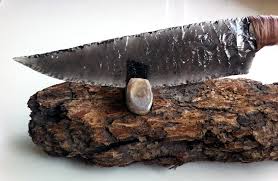

Obsidians are due to the origin of a rather dark to black color. Most of them come from Mexico, even though they are located in many parts of the Earth - wherever volcanoes rage and rage. Nowadays, in addition to cutting tools, these (mainly in Mexico) are made of various decorative and utility items (pendants, statuettes, plates, napkin rings, ear plugs, of course, cabochons and others ...).
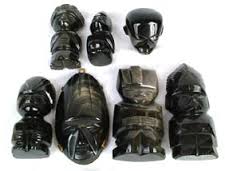
Interestingly, obsidians are dangerous even if they are cut in a sawmill and cut into cabochons because they tend to fly very fine and very sharp fragments. Without protective goggles and gloves we can do it.
But even if they have a pretty bloody history, it doesn't mean they're not amazing stones with their specific aesthetics. In addition to their intriguing appearance, they also have a high temperature resistance. Especially the pewter will appreciate it. Their hardness is quite good - 5-6, just like glass.
Probably the most famous obsidian, which most often meet, the Mexican flake (Snow Flake Obsidian). They are black and gray-white wolf-like specks have been made in the bubbling of the earth. Surprisingly, I prefer the black ones with little dots, they remind me of the universe, but generally people prefer thosevločkovatějším.
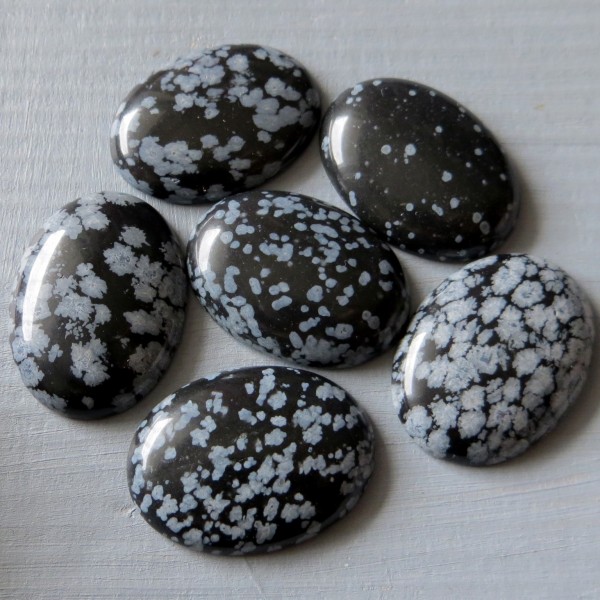
Very beautiful, and popular obsidians also from Mexico, are Gold and Silver . They are also black in color, but inclusions and bubbles stretch into them as the lava flowed. These layers glitter inside the stones with an impressive velvety way to gold or silver. After grinding, they are very elegant and truly magnificent.
They are beautiful even in raw form, but as I wrote, sharp as hell.
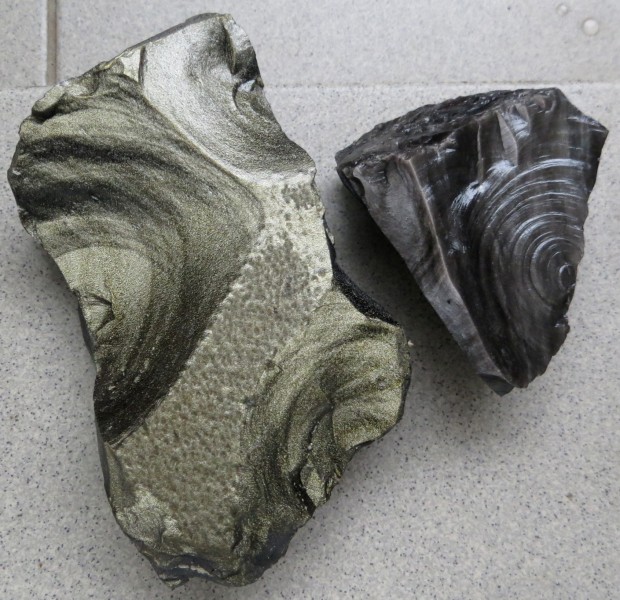
They look like this after grinding. Well aren't they amazing?
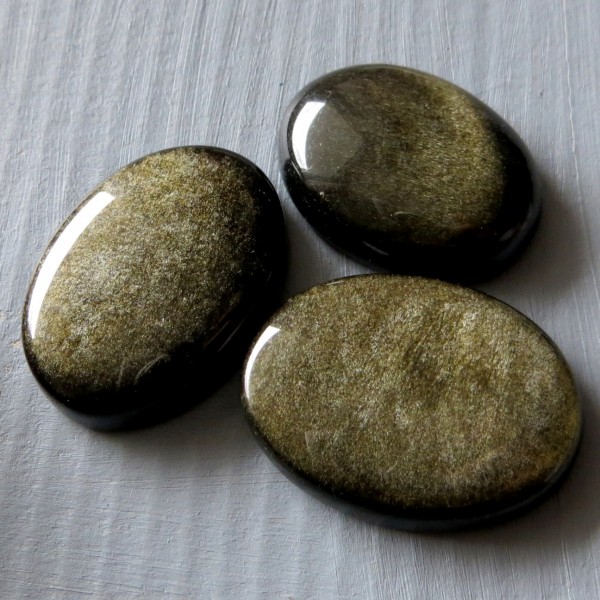
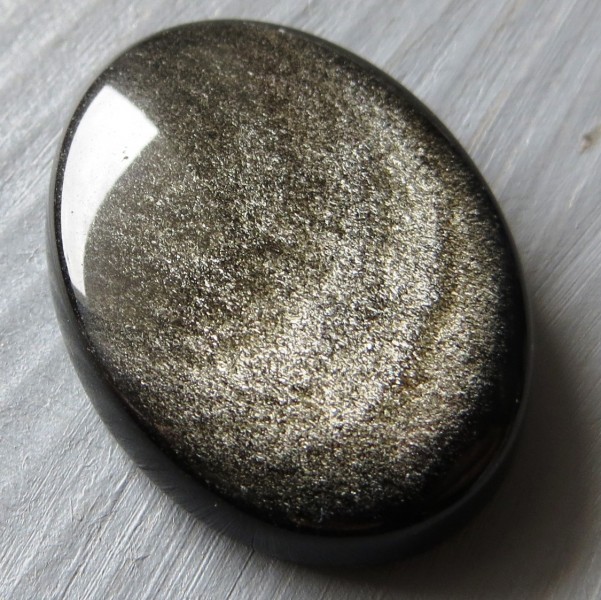
Rainbow obsidians are considered the most beautiful obsidians (and certainly the most expensive ones) . Surprisingly, they have a black color :-D. (yes I know, it's already happening). What is iridescent about them is mere light refraction effects. So they are not iridescent in themselves. This obsidian is layered, and each layer is "differently arranged" and therefore has a slightly different reflection in light. When the stone is cleverly ground through the layers, the rainbow effect of the eye or heart is created.
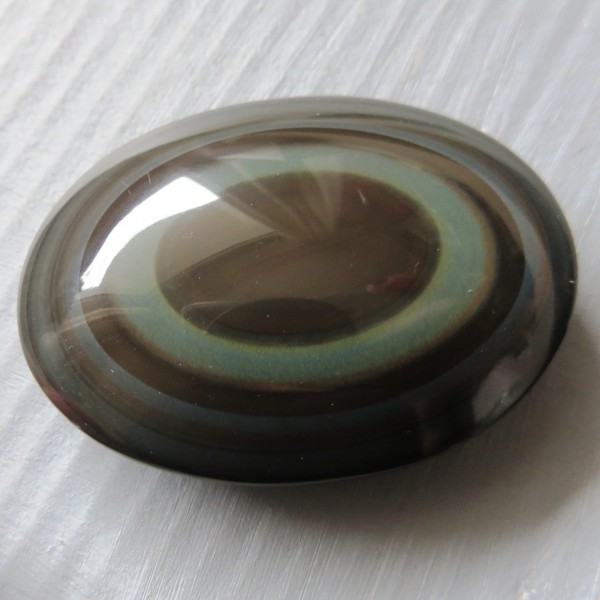
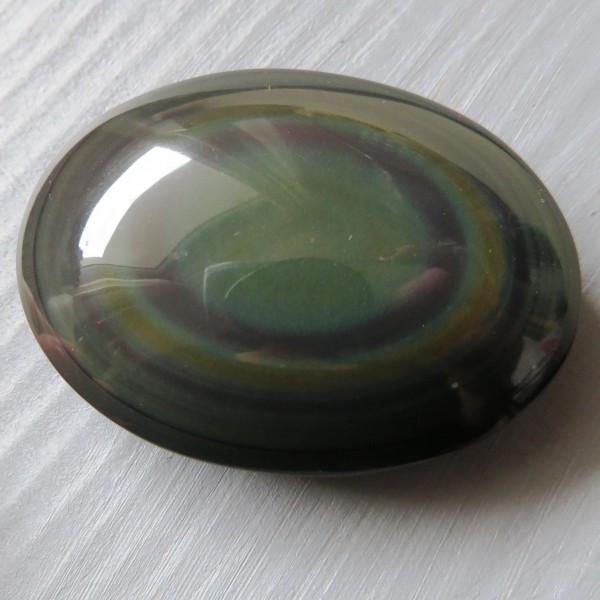
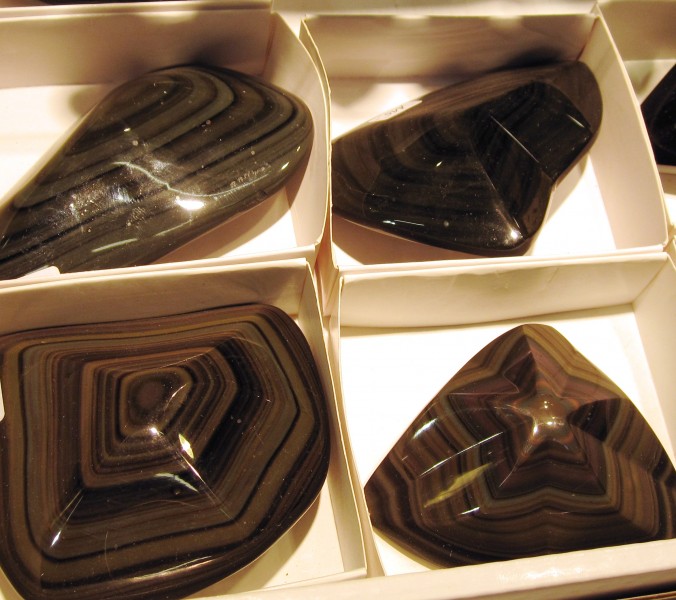
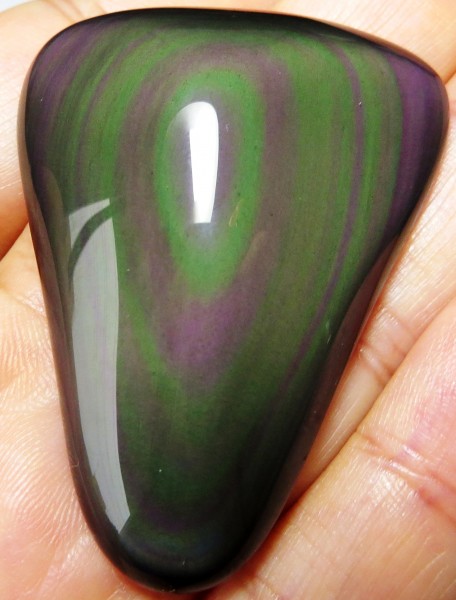
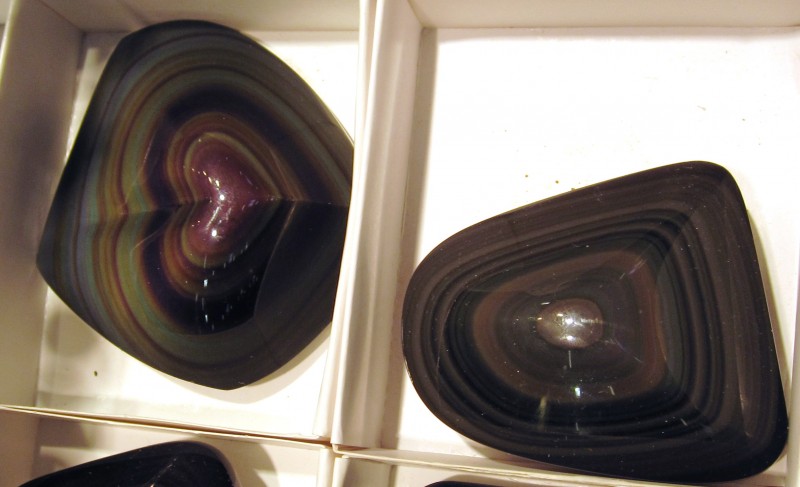
In addition to black obsidians, there is also one brown - Mahogany obsidian . It is also very popular. It has a brownish-brown color in combination with black. Rarely, it has translucent parts, but is mostly opaque. He also comes from Mexico or Armenia.
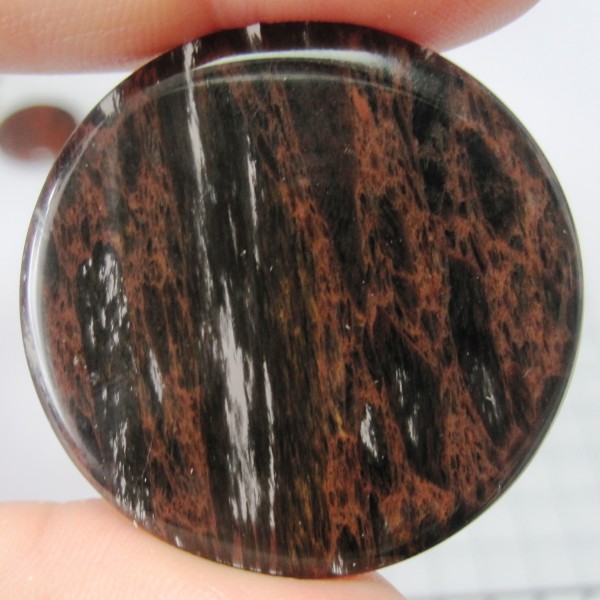
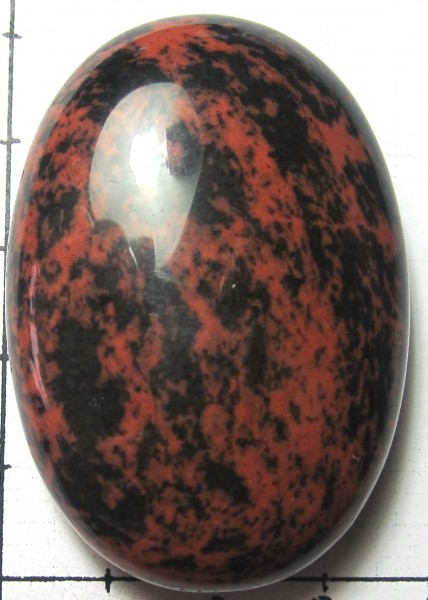
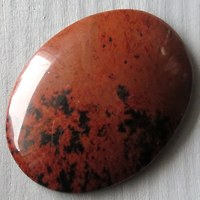
The rare and extra expensive novelty is " Fire Obsidian " from Oregon. It's a hit especially in the US, we haven't had the honor in Europe yet, but what it can't be. . This isa traditionally black obsidian whose some layers are oily iridescent. They are very thin layers, sometimes occurring inside the stone. It is very difficult to sharpen them, because a little moment is enough and the layer is gone forever (and a lot of dollars for the raw material).
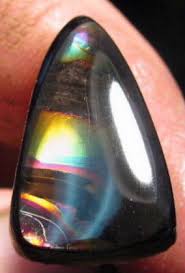
A special place among the obsidians is occupied by the myths of the Apache Tears, which are black-gray or black-brown obsidians that are translucent when illuminated. They are found as tiny pebbles and, according to this shape, also got the name.
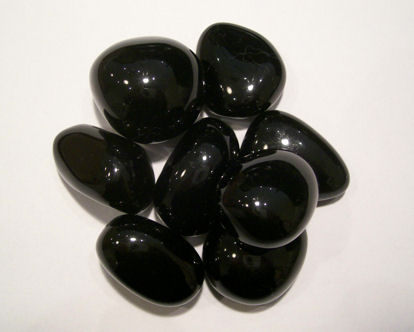
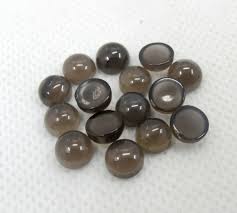
An interesting obsidian is also the Spider web obsidian (or web).
It has a black-gray-to-bluish color and a mysterious spider web. She comes from Mexico, and in addition to cabochons, she is often made into balls, where the drawing excels.
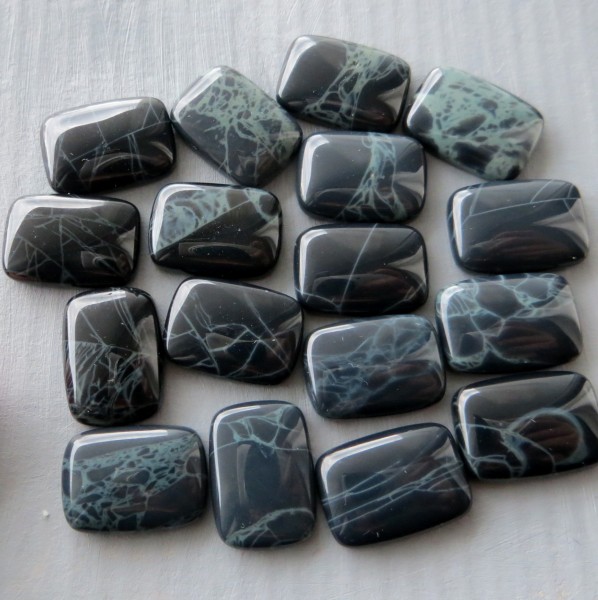
If you encounter a transparent blue obsidian - it is a scam, it is a blue glass, it just traveled the world back and forth ... just as natural pink obsidian is not. Pink obsidian is a glass of Chinese glassworks. Pink obsidian is a trade name. (And I definitely find it misleading). In addition, the trade name "quartz quartz" is used for this material, which the attentive reader has certainly noticed in the previous work on quartz.
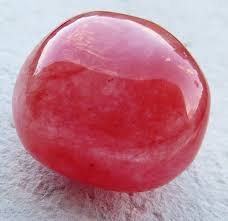
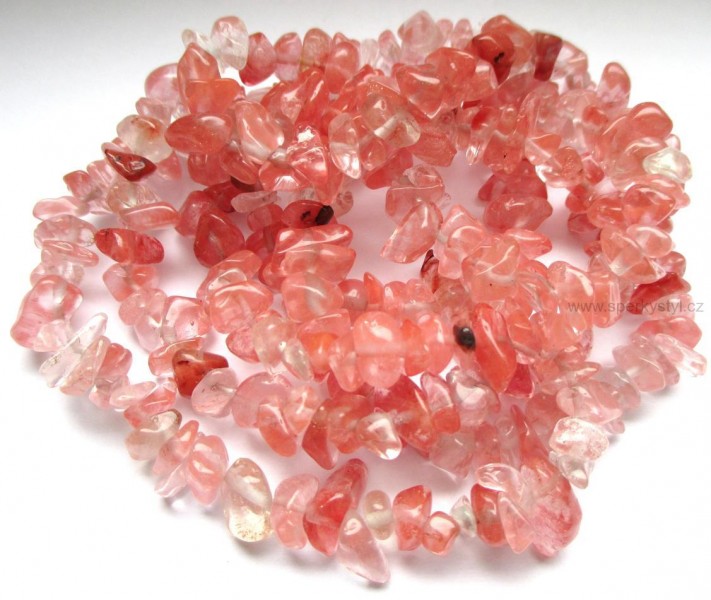
We have a brief overview of the most common jewelry obsidians, and now let's go to tektites.
Tektity
their origin is related to meteorite falls. The most famous are three - our famous transparent green Moldavite (Moldavite), which is the most beautiful of all, Indochini, which resembles it, but is black, and then Lybian glass, which is sandy yellow. Tectites are created by melting rocks at the meteorite impact site. When a meteorite falls into the sand, which is a quartz from which glass is normally produced, the sand melts and a glowing rain of liquid glass flies across the landscape. These drops fall as in the casemoldavites, a third of Bohemia and South Moravia. Well, I wouldn't want to be in the rain. Drops are but rounded without sculpting (hedgehog structure). It arises only when tectites lie thousands of years underground and dissolves (etching) on the surface.
Moldavites
Moldavites are green tectites, sometimes bottled with brown tinge. Well, just like beer bottles, would they be so popular?
The beautiful structure (so-called sculpture) differs from one to the other. What a stone it original. For example, Moravian moldavites do not have a significant sculpture, whereas collectors of the most sought-after moldavites from Besednice are like a hedgehog. Moldavites contain small and large bubbles. They are resistant to high heat, and if there is no larger bubble, they can be processed directly in the ASC (Silver Model), which almost no other stone can withstand.
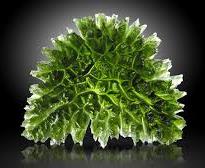
Moldavite shapes are quite typical - teardrop-shaped, spherical or semicircular, and sometimes quite funny, like this Loop from Locations Ločenice.
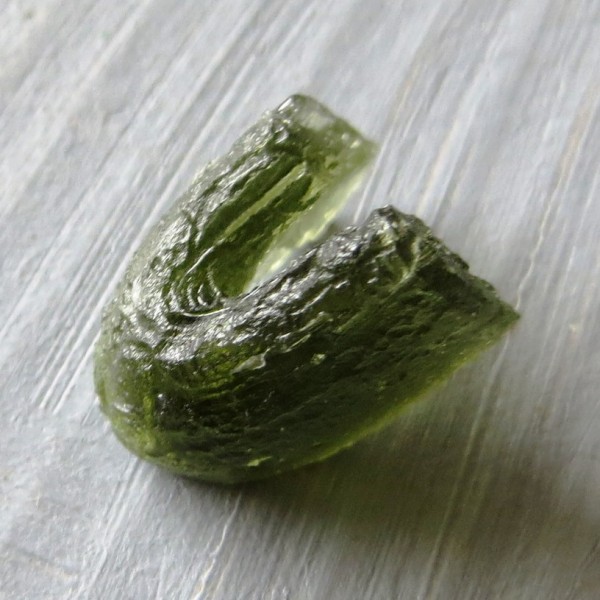
With Vltavín, the bigger and brighter the better (and more expensive). Of the larger ones, which do not have such a significant sculpting, or are differently damaged, or with a worse color, beautiful glyptics are cut (most often heads, snakes, various female torsos, flowers). I couldn't resist this great fly.
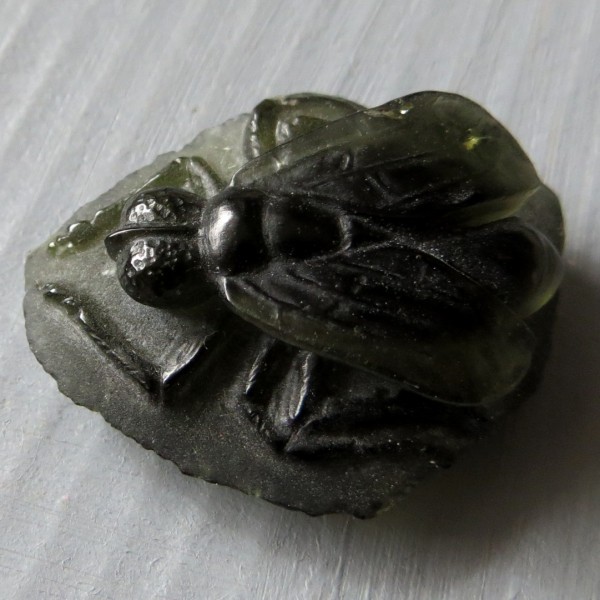
Vltavín Ločenice with beautiful color and sculpting
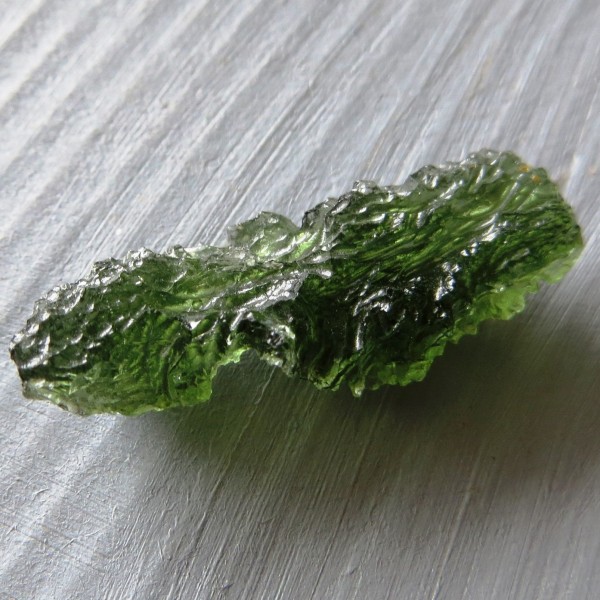
The bead at the end
For the past three years, fake moldavites have started to be produced in Hong Kong (but surely they are called refurbished). It is produced as castings of beautiful crab Vltavines imported from the Czech Republic. In the catalog you can choose a nice moldavite shape and you can cast two (or two hundred) exactly the same pieces into earrings. They are even cast from crushed fragments of genuine moldavites, so the composition is the same. But the magic of the universe will no longer be in it ...
Indočínit
Indochina - this tektite is named according to the place of impact - rather I would like to say "rozprska" - because it is in a very wide strip of Indochina andChina.
These tectites have interesting, sometimes somewhat shitty shapes. The sculptures are very similar to Moravian moldavites and the most popular are the dumbbell shapes. They are mostly black in color, sometimes very dark black-green, slightly translucent. Because the South is quite a lot in the world, they are not particularly expensive.
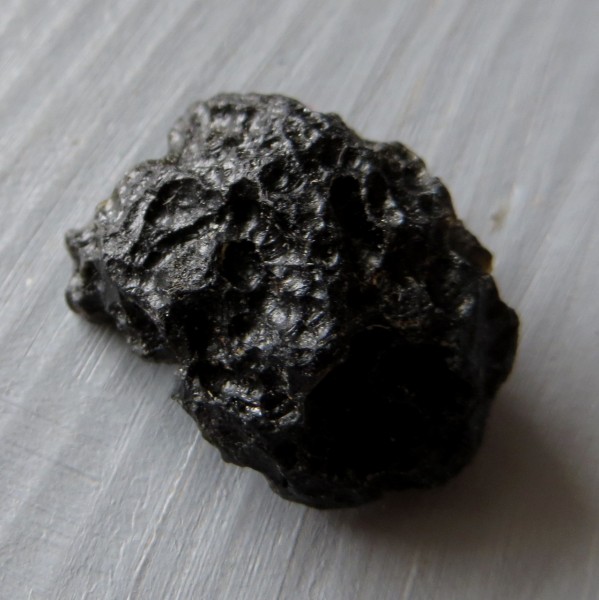
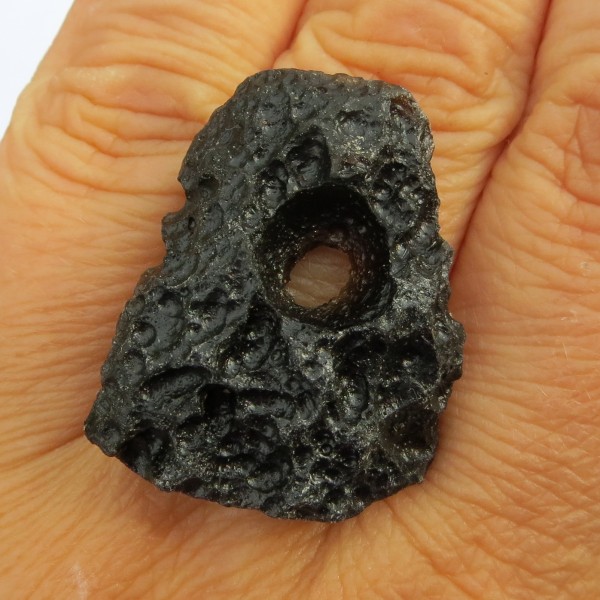
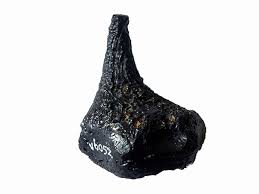
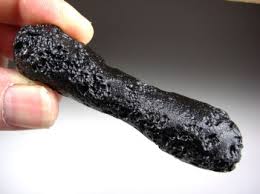
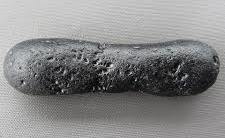
Lybia glass - desert glass
it is 28 million years old and is also attributed to the impact of a meteorite. It is special with its yellowish-sand color because it is one of the few natural glasses that is not dark! It is one of the more rare tektites.
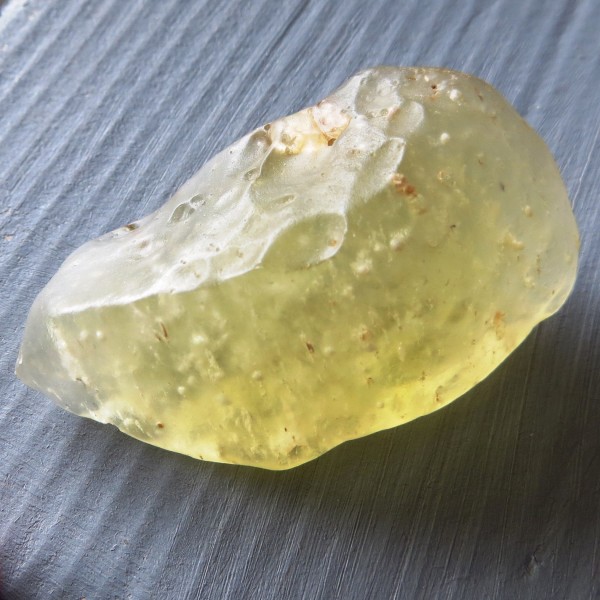
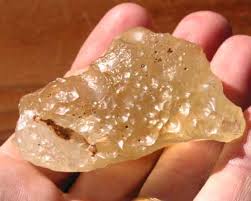
For today it is all about jewelry stones, and in the next episodes we will start with surprisingly numerous opals, which we specialize in at home, so you can definitely enjoy it.



 (0) - 0,-
(0) - 0,-
